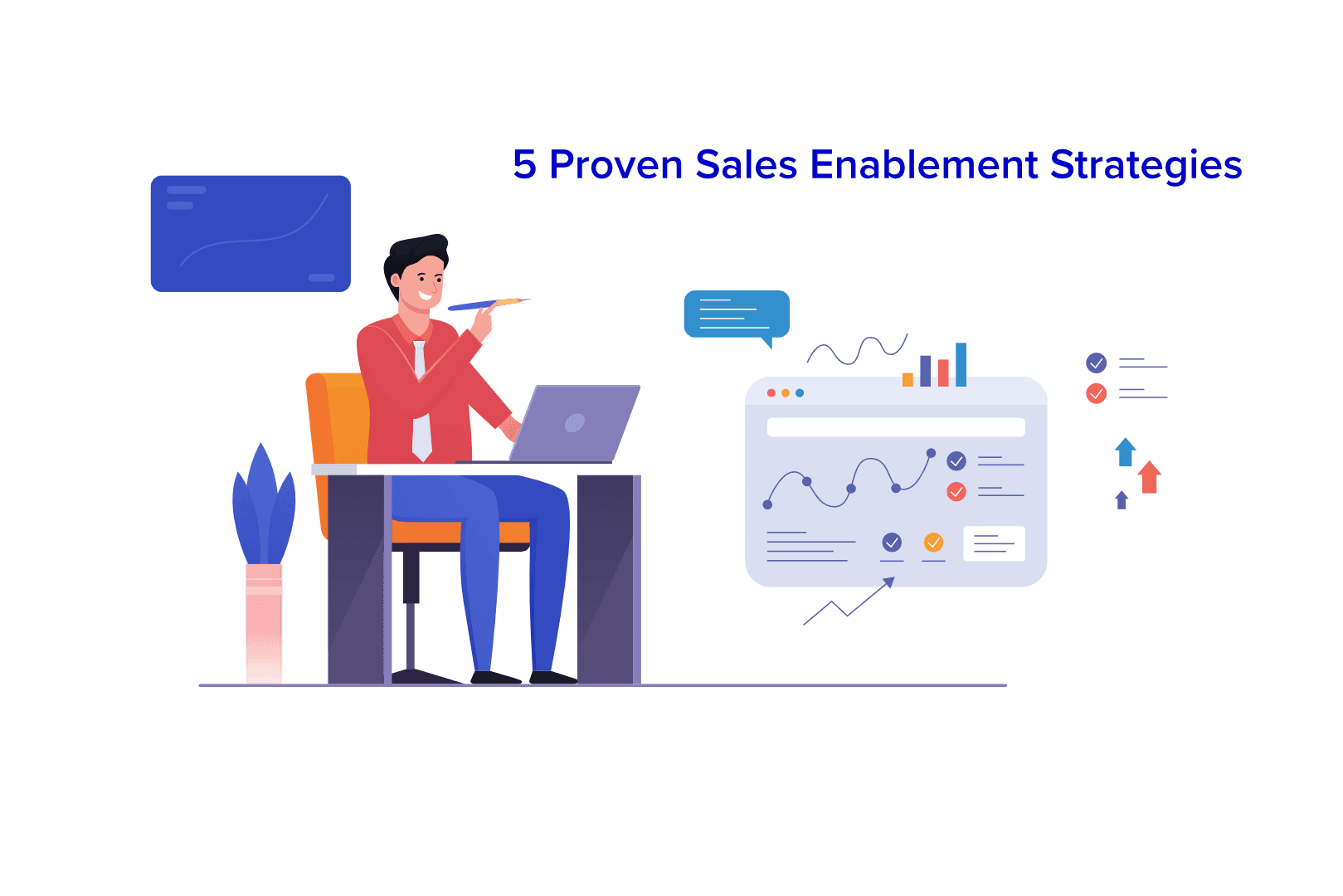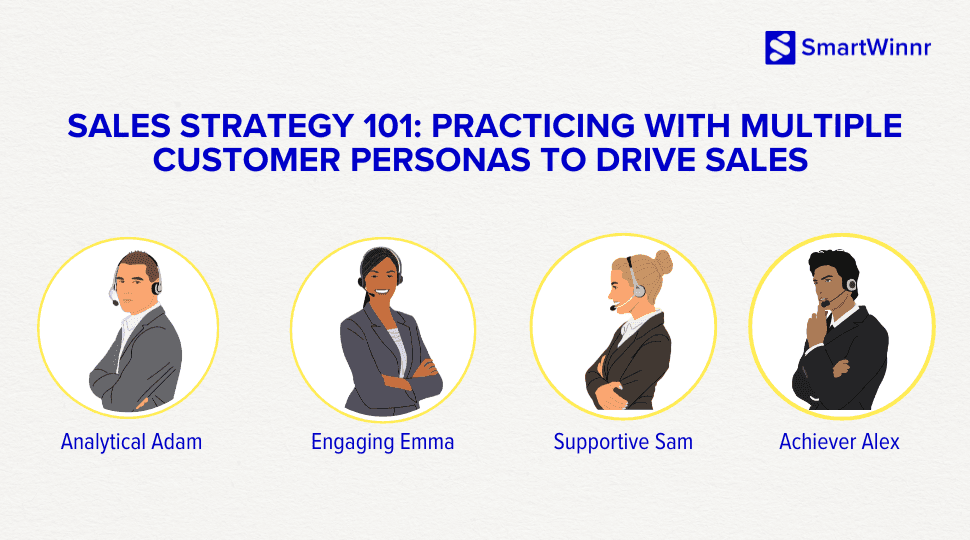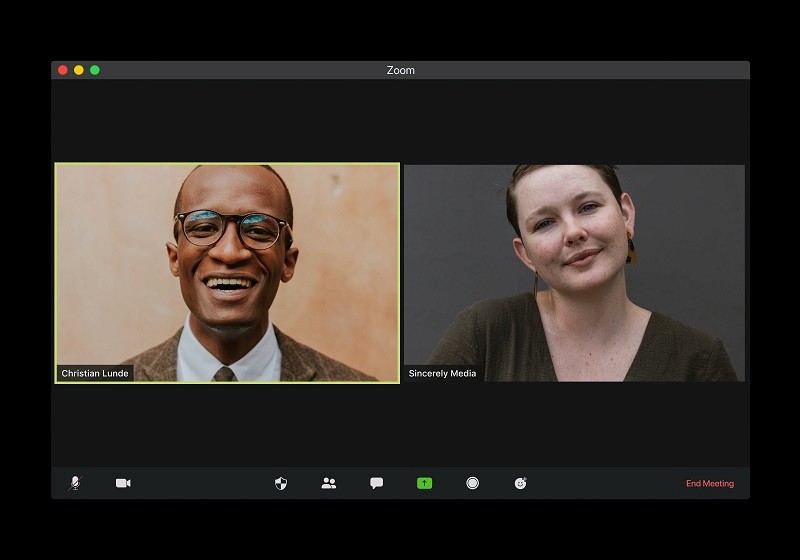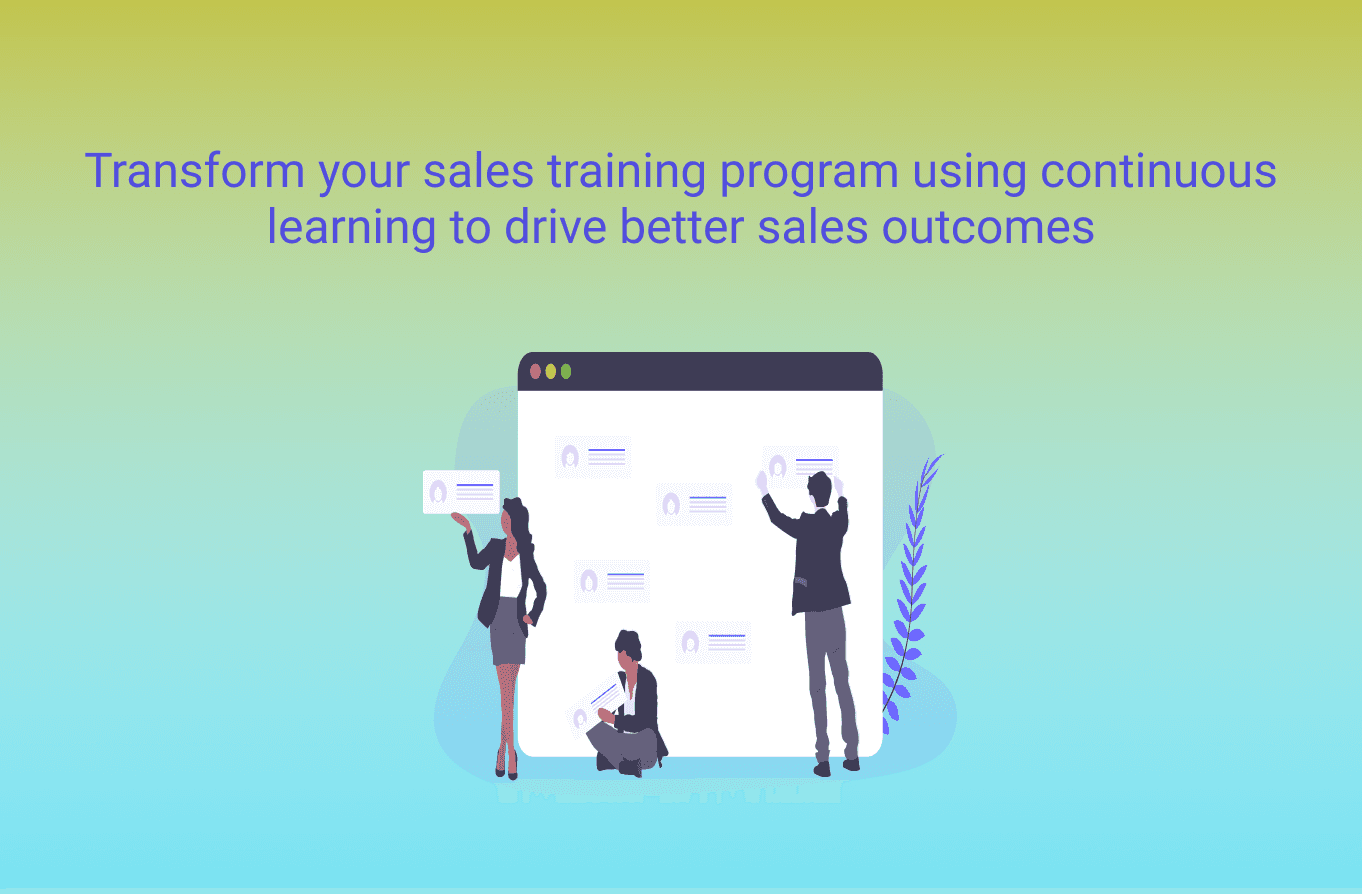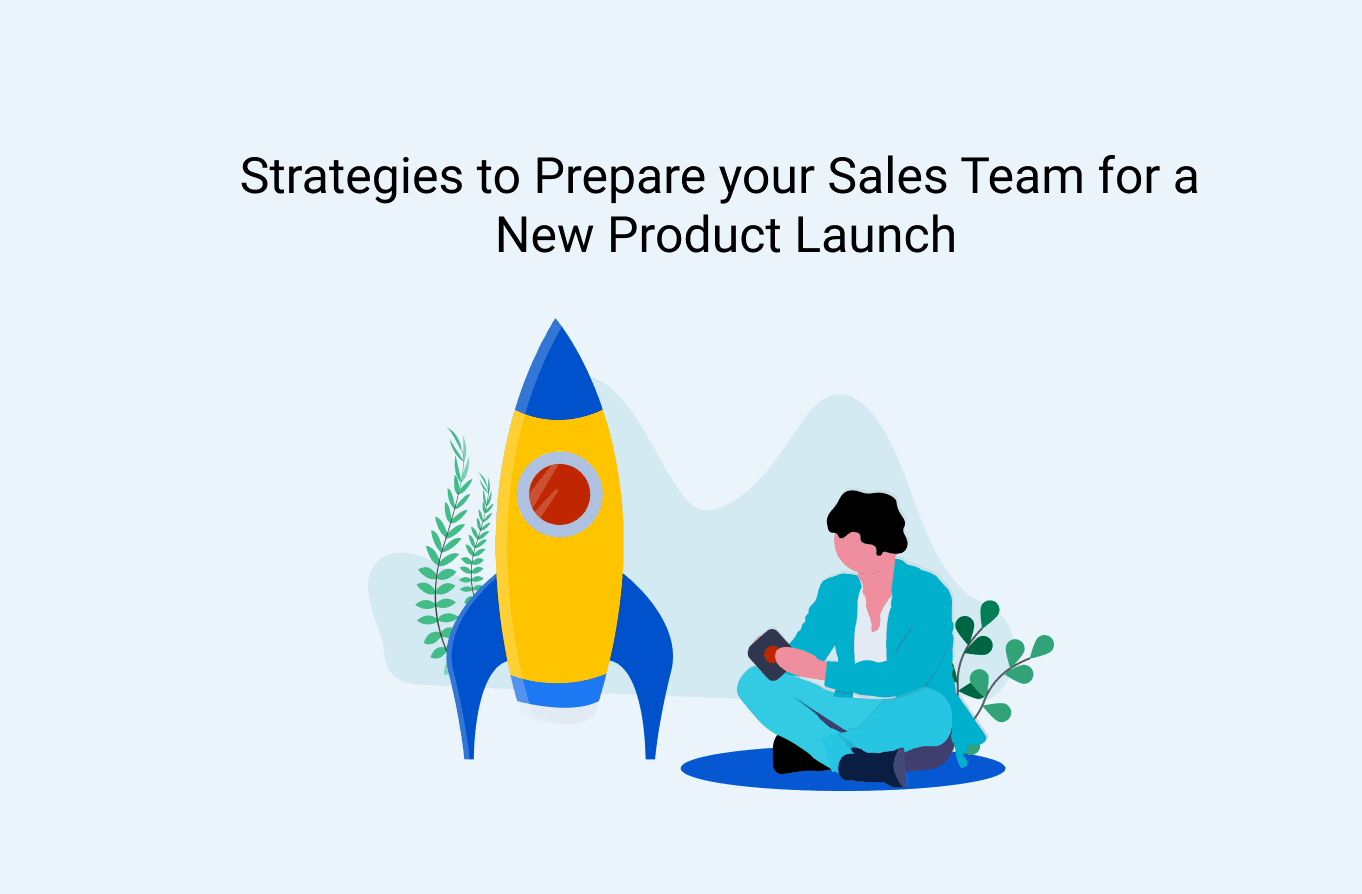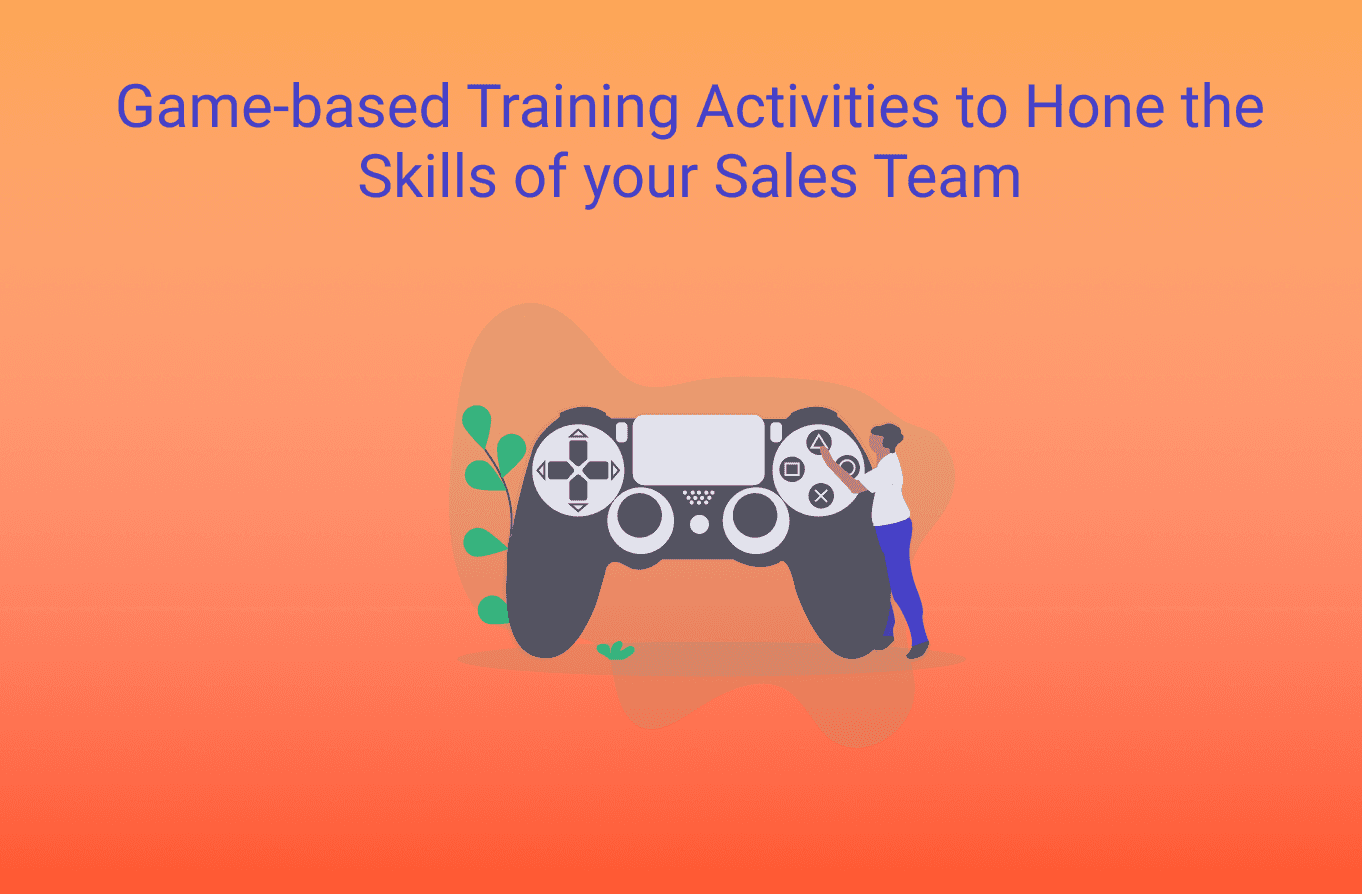B2B sellers often hear the phrase “Buyer-first selling”. As a sales manager, you must also want your seller to put the buyers’ needs first while selling. But how many of them actually do this?
The State of Sales 2021 report found that while 65% of sellers say that they “always” put their buyers first, only 23% of buyers agree that the sellers always put them first.
What is Buyer-first selling?
The concept of the buyer first selling is primarily about rethinking B2B transactions as buyer-driven activities as opposed to seller-driven. This means adapting and tailoring every aspect of the sales process to align with the changing ways in which buyers want to buy.
As Jonathan Lister, VP of Global Sales Solutions at LinkedIn, defines it: “Buyer First selling places the interests and needs of the buyer at the core of the selling experience. It means, the sellers should always act in service of the buyer’s goals, and for the benefit of the long term relationship between seller and buyer.”
This may seem simple, but getting your reps to adopt a buyer-first mindset is one mighty task. In this blog, we are going to take a look at some ways through which you can turn the “Buyer-first” concept from a mantra into a reality for your sales team
1. Scrap your team’s performance-only mindset
For decades, sales teams have been so driven by hard numbers that they’ve lost sight of who their buyers actually are. Even today, as companies make a point to center processes around the customer journey, some teams still focus on the wrong goals.
This is because salespeople are usually driven by their
Goals
Numbers
And the pressure of selling
Within this drive, they often take an approach that’s centered around, what they want to achieve and not what their buyers actually need
What sales reps need to realize is that by building a sales strategy around the buyers’ needs, they can still hit the same competitive goals while also building vital long-term relationships with the prospects or customers.
So, as a sales manager, it’s your responsibility to help your team shake off their number-driven sales mentality and adopt a selling strategy that revolves around their buyers’ needs
When you think about instilling the buyer-first mindset amongst your reps, you need to redefine the paradigm for them. Because it's all about changing their mindset. And scrapping out that old number-driven and performance-only mindset.
So, you can encourage your reps to
Care a little less about the numbers and a little more about how they can serve their customers better
And always strive to put their buyers before their goal achievement
2. Encourage them to do a thorough buyer research
In this time of financial uncertainty, prospects are more cautious than ever about where they invest their money and which salesperson they speak to. So, your reps must prioritize
Building trust with contacts
And avoiding impersonal and less trustworthy behaviors
Impersonal sales look like a blanket approach. If sales reps approach a buyer with an impersonal selling approach, it looks like they didn’t put the effort needed to understand anything about the person they are reaching out to.
Buyers usually don’t view salespeople as trustworthy. So, when you tell your reps to actively reach out to the prospects, you may think that you are handing them tools. But in reality, you are handing them a shovel, and they’re just digging a deeper hole for themselves.
One solid way to build trust with a prospect is to research them thoroughly. Your sales reps must carry out their research and collect information about,
The pain points of the customer
Their priorities and preferences
How are the pain points affecting them?
Do they currently have any solution to it?
What is the size of their company?
Do they have the budget for your product?
After conducting this research, they should take the time to build a sales strategy around the customer’s needs.
3. Encourage your reps to put themselves in the customer’s shoes
Once your sales reps research and collect information about a certain customer, the next step is to build a sales strategy to reach out to that customer. They will be able to create a perfect outreach strategy only if they can put themselves in the customer’s shoes and think like that customer.
So, encourage your reps to take off their sales hats and put on their customer hats until they understand their buyers. They need to think in terms of,
What does the buyer persona care about?
How he or she is going about their day?
And what challenges they're trying to overcome every single day?
For example, before one of your sales reps reaches out to a prospect who works in marketing, he should know everything about
What the prospect is grappling with right now?
What marketers care about in terms of conversion rates, sales qualified leads, or marketing qualified leads?
And how everything about their world is reshaped after the pandemic?
Tell your reps that until they get a really good understanding of their customer, they shouldn't be selling to them in the first place
4. Encourage the reps to craft customer-centric messaging
Another aspect of displaying a buyer-first mindset is to get your reps to craft a quality outreach message which is customer-centric.
According to us, a quality outreach message is about three things. It’s really about being relevant, tailored, and concise. Below is a breakdown of why each of these three elements are crucial for creating a quality outreach message:
Tailored Messaging
Regardless of whether your reps send a prospect an InMail, email, voicemail, or text message, if the quality is poor, they’ve already lost the prospect.
So, encourage your sales team to double their research efforts. With extensive buyer research, your salespeople can shape a customized and sharper message for a prospect.
Relevance
Nobody wants to receive messages that do not matter to them right? And it certainly is going to frustrate your prospects when receiving irrelevant messages. So, you need to make sure that your team is well aware of,
What's going on in the prospect’s world
What's moving the needle in his world
Or what's holding the needle back
And then they should tailor that message from a relevance perspective.
Conciseness
All of us are living extremely busy lives right now. And the last thing that anyone wants is a full-text copy of 'A Tale of Two Cities' on a text message or in an email. So, encourage your reps to keep the messaging really simple.
The most concise message will quickly explain
Why a sales rep is reaching out?
Why your product or service should matter to the prospect?
And some type of detail that proves that they've done research on the prospect they're contacting
5. Use coaching to reinforce the buyer-first mindset consistently
Even if you and all your team members believe in having a buyer-first mindset, it’s still important to ensure that you and your team are on the same page. And the best way to do this is to coach your team into developing a solid buyer-first mindset.
You should hold coaching sessions regularly for your reps and make them understand that
They need to shape their mindset around the buyer-first mentality because it is going to be the future of sales
And if they actually want to win and do well in their career they have to understand their buyers and personalize their selling for each buyer
Once you succeed in building a team of buyer-focused reps, you should continue to reinforce the mindset through various other coaching activities as well.One of the best ways to reinforce this mindset is through the activity of pitch sessions in team meetings.
It’s simple: At your weekly team meetings, take time to sit with your team and pick a random topic [related to your products]. Then pick a random person and ask them to pitch the topic to you and the team in 5 minutes. Once they finish pitching, score the person based on the quality of her pitch from a buyer's perspective.
You can grade your reps' five-minute pitches based on the following criteria:
Conciseness: The five-minute timeframe might feel unreasonable, but it's done by design because it forces your reps to hone in on the key elements of their message.
Simplicity: Ask your reps must explain the product in a way that they would explain it to their grandma who knows nothing about this topic. This makes them simplify complex subjects in their message
Inspiration Level: Tell them that they need to make sure that the recipients of the message should leave feeling inspired to learn more about what they have pitched. This helps them to craft the message in such a way that it intrigues the audience.
Even after this, if someone needs additional coaching, you can take that to the one-on-ones. This way you and your reps need to work together to refine your buyer-first selling approach.
Learn about the common buyer personas that your salespeople usually come across and how can you train your sales reps to sell to them
The 6 Buyer Personas and how to train your team to sell to them
Learn all about MQL and SQL. What are they and how do they differ?
MQL vs SQL: What are they and How do They Differ?
Learn how puppy dog close technique can help your reps close more number of deals
The Puppy Dog Close Technique: Let your customers experience your brand personally
Learn how sales enablement can help in enhancing the customer engagement
Enhancing customer engagement with the help of enablement
Looking for a sales training software that takes your sales training to a whole new level?
Explore SmartWinnr’s Learning and Gamification features. Learn how to run fun and engaging sales training and sales coaching for your team through SmartWinnr.
Curious to learn more about it? Book a demo today!


